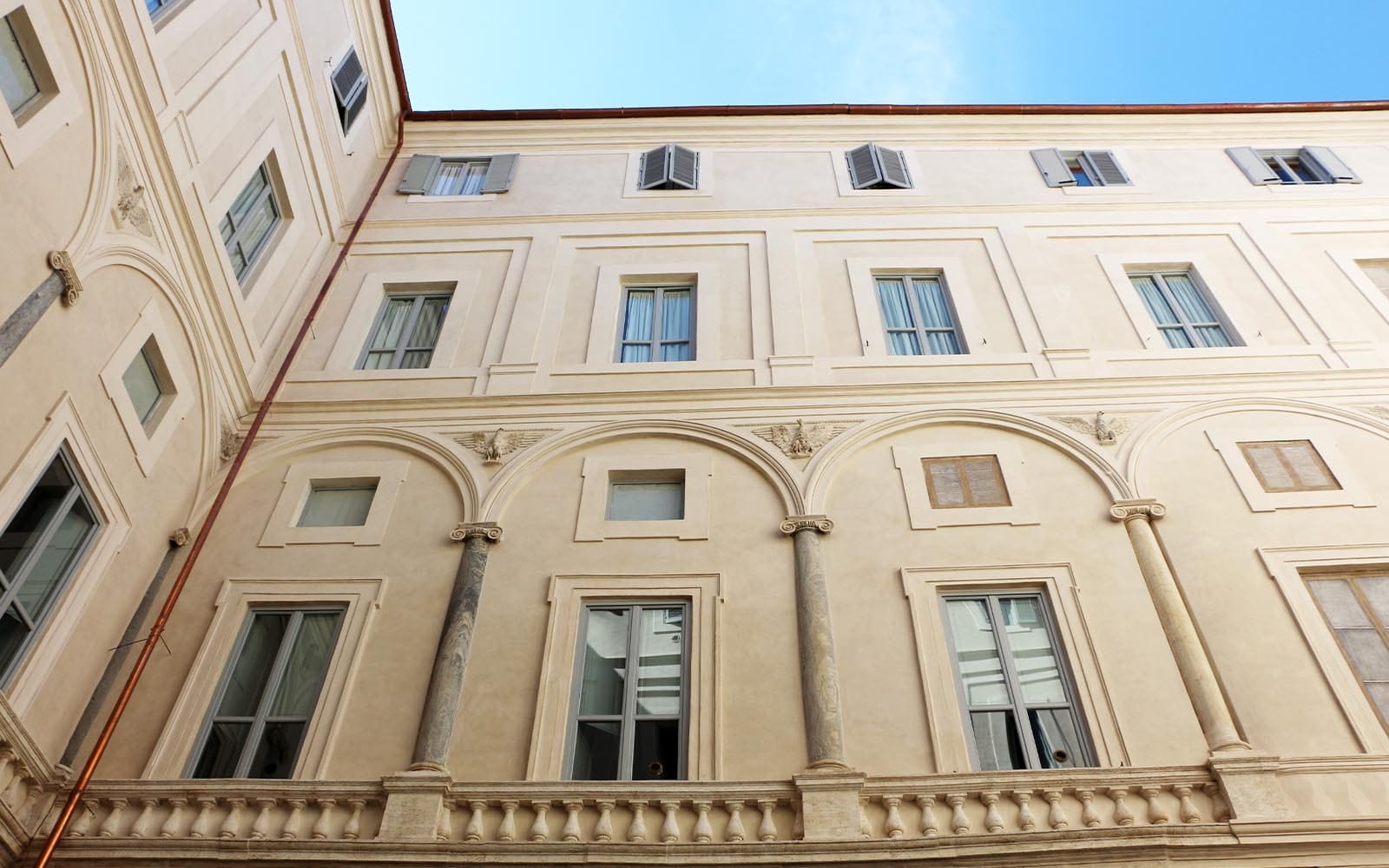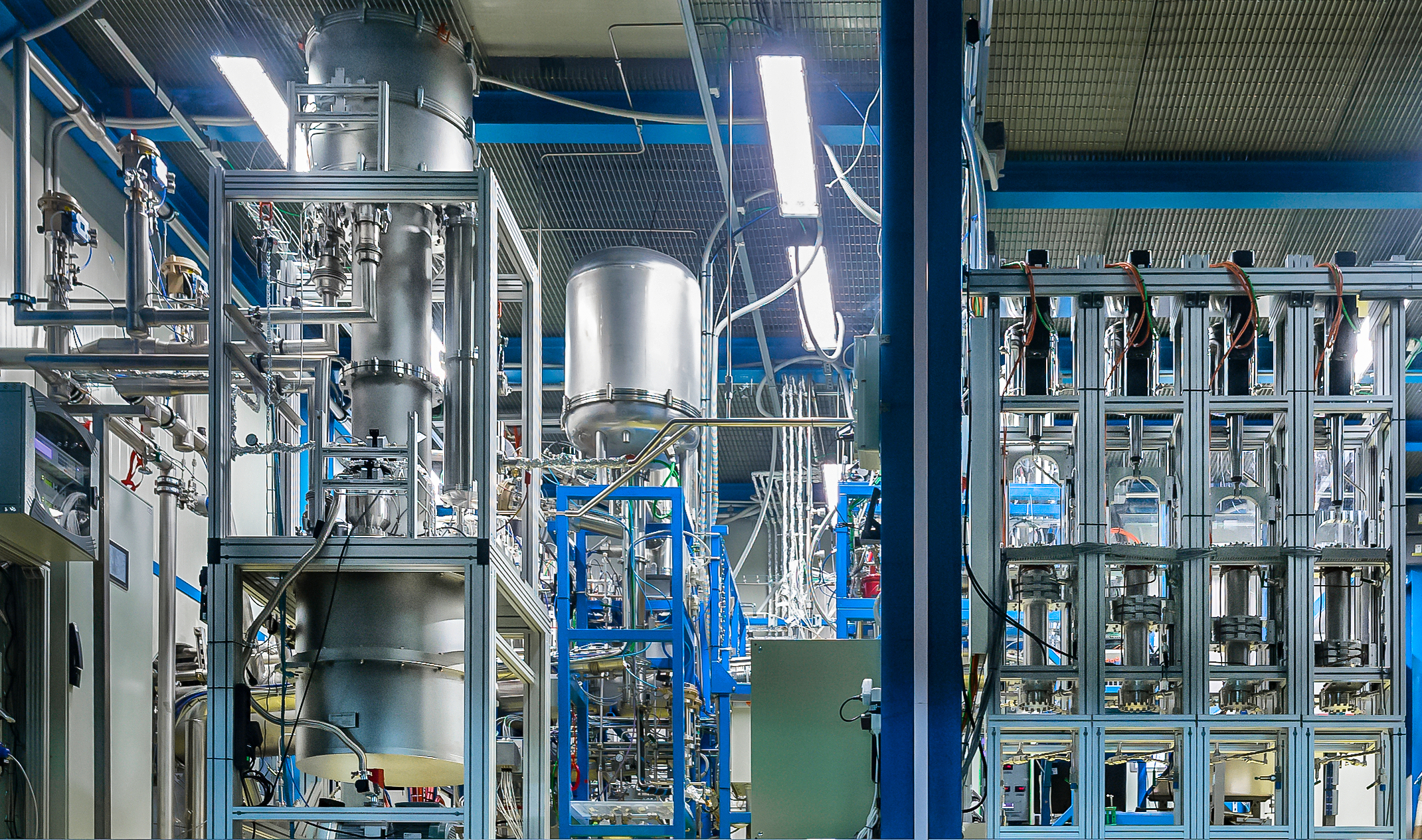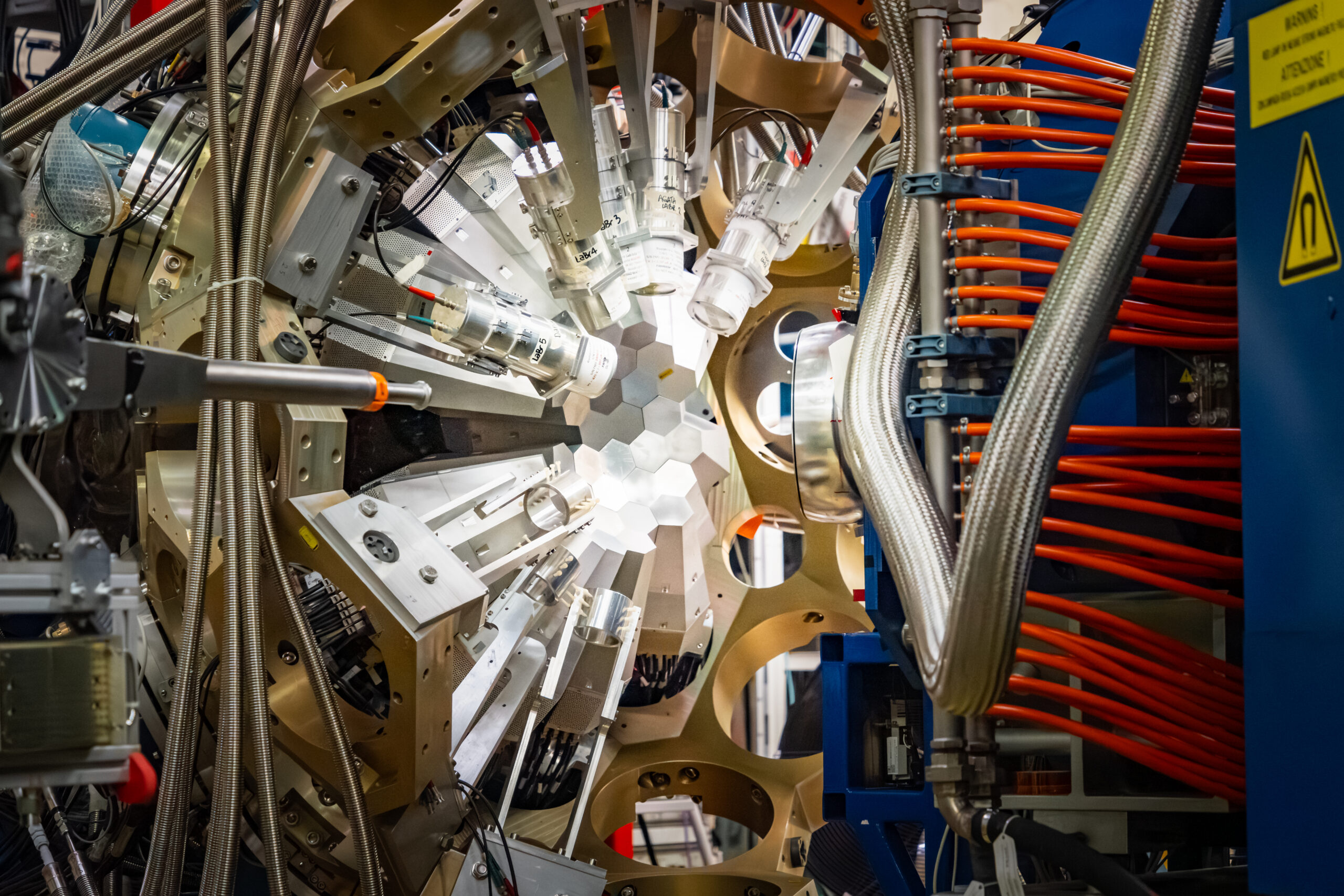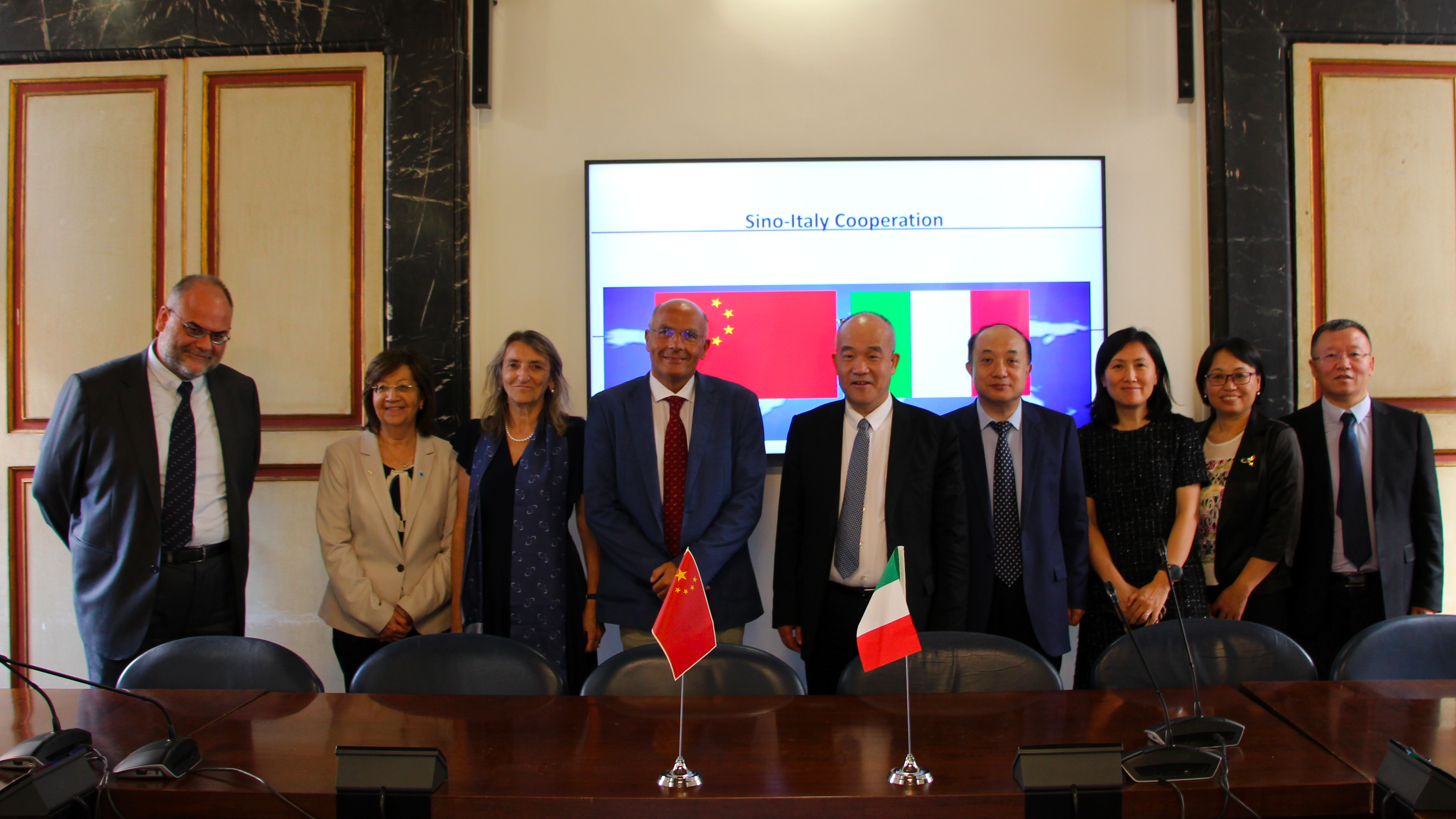 Following successful completion, in the course of last week, of re-installation of the detector in the LHC tunnel, on 25 November the
Following successful completion, in the course of last week, of re-installation of the detector in the LHC tunnel, on 25 November the
small LHCf detector started acquiring the data of the new proton-lead run, which got underway on 10 November in the LHC super-accelerator at CERN in Geneva.
After a first phase of low intensity and low energy (2.5 TeV) collisions, the LHC will provide its experiments with collisions at 8.16 TeV and a low-luminosity run will be totally dedicated to LHCf data acquisition. Unlike the four big experiments installed at the LHC, LHCf is positioned in a straight line at 140 m from the point of collision of ATLAS. In this way it is able to detect particles produced “very far forward”, similar to those produced in the cascades of cosmic rays impacting the Earth’s atmosphere. Analysis of the number of secondary particles produced, and of their energy spectrum, is of fundamental importance for interpreting the interaction mechanism of primary cosmic rays with the nuclei of the atmosphere. The models currently used to describe these processes in fact show significant mutual discrepancies and also with to data collected from the LHCf experiment to date. This new run will provide useful information for selecting the most realistic models currently in use in order to allow better calibration and will thus have a fundamental impact on the understanding of the mysteries related to very high energy cosmic rays





